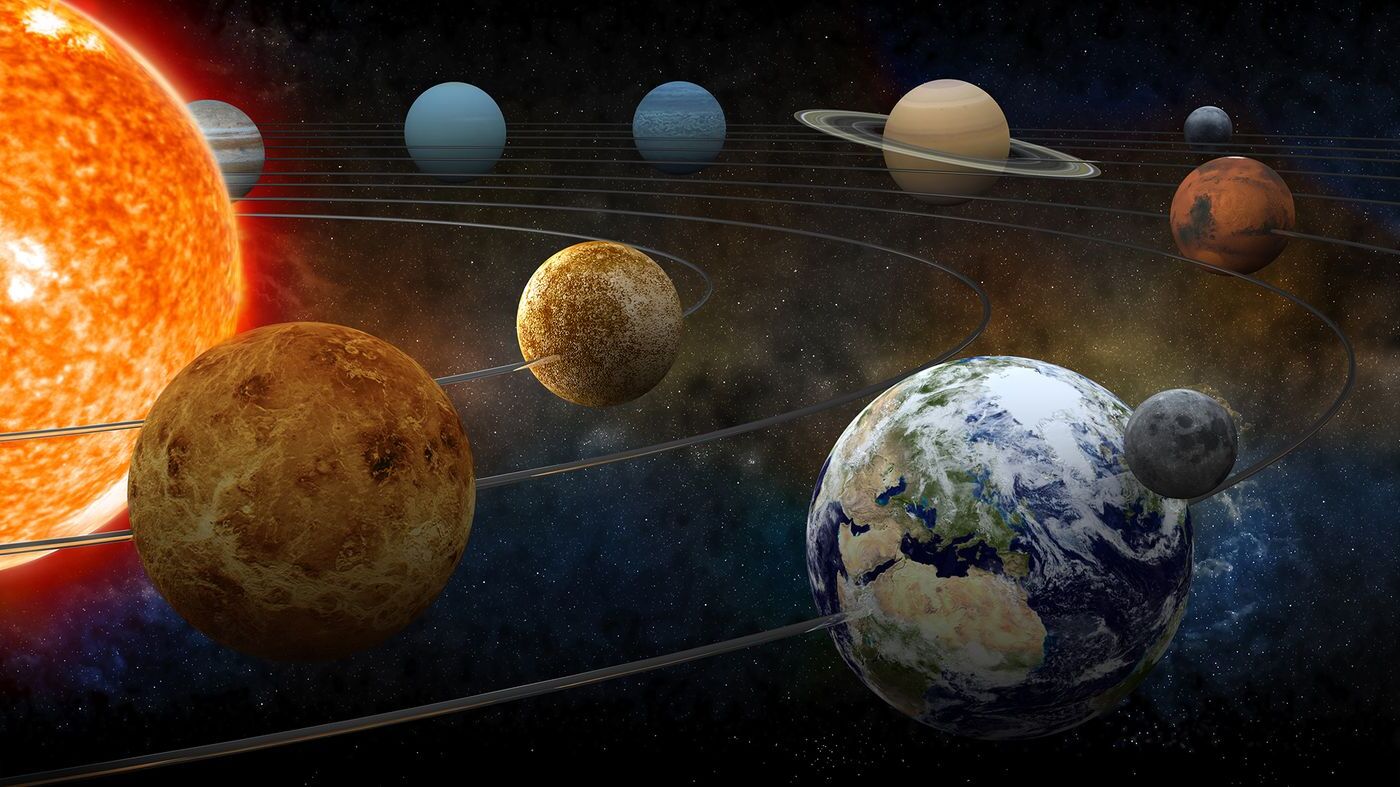
How do mountains form? Mountains are born from the Earth's restless crust. Mountains form when tectonic plates collide, pushing land upwards. This process, called orogeny, can take millions of years. Volcanic activity also creates mountains when magma erupts and cools on the surface. Some mountains, like the Himalayas, are still growing as plates continue to move. Erosion shapes mountains too, wearing them down over time. Wind, water, and ice carve out valleys and peaks, giving mountains their rugged look. Understanding mountain formation helps us appreciate the dynamic nature of our planet. Ready to learn more? Let's climb this topic together!
Key Takeaways:
- The Earth formed from a giant cloud of gas and dust, and its journey to becoming a vibrant world involved collisions, differentiation into layers, and the development of a stable crust.
- The early atmosphere and oceans played a crucial role in shaping the Earth's environment, providing the conditions necessary for life to begin. Extinction events have also shaped the course of evolution.
Formation of the Earth
Understanding how our planet came into existence is fascinating. The Earth formed around 4.5 billion years ago, and its journey from a cloud of gas and dust to the vibrant world we live on today is filled with intriguing details.
- The Earth formed from a solar nebula, a giant cloud of gas and dust left over from the formation of the Sun.
- Gravity pulled particles together, creating clumps that eventually became planetesimals, the building blocks of planets.
- These planetesimals collided and merged, forming larger bodies called protoplanets.
- The young Earth was a molten mass due to the heat from collisions and radioactive decay.
- Over time, the Earth differentiated into layers: the core, mantle, and crust.
Early Atmosphere and Oceans
The early atmosphere and oceans played a crucial role in shaping the Earth's environment. They provided the conditions necessary for life to begin.
- The Earth's first atmosphere was composed mainly of hydrogen and helium.
- Volcanic outgassing released water vapor, carbon dioxide, nitrogen, and other gases, forming a secondary atmosphere.
- Water vapor condensed to form the first oceans as the Earth cooled.
- Comets and asteroids also delivered water to the early Earth.
- The early oceans were likely acidic due to high levels of carbon dioxide.
Development of the Earth's Crust
The Earth's crust is the outermost layer, and its formation was a significant event in the planet's history. It provided a stable surface for life to evolve.
- The crust began to solidify as the Earth cooled, forming the first solid rocks.
- Plate tectonics started to shape the Earth's surface, creating continents and ocean basins.
- The oldest known rocks on Earth are about 4 billion years old.
- Continental crust is less dense and thicker than oceanic crust.
- The movement of tectonic plates causes earthquakes and volcanic activity.
Origin of Life
Life on Earth began in the oceans, and its origins are still a subject of scientific investigation. The conditions on early Earth were just right for life to emerge.
- The first life forms were simple, single-celled organisms called prokaryotes.
- These early organisms likely used chemical reactions to obtain energy.
- Photosynthesis evolved, allowing organisms to use sunlight to produce energy.
- Oxygen produced by photosynthetic organisms began to accumulate in the atmosphere.
- The Great Oxidation Event occurred around 2.4 billion years ago, dramatically increasing atmospheric oxygen levels.
Evolution of Complex Life
The evolution of complex life forms marked a significant milestone in Earth's history. It led to the diversity of life we see today.
- Eukaryotic cells, which have a nucleus, evolved around 1.5 billion years ago.
- Multicellular organisms appeared around 600 million years ago.
- The Cambrian Explosion, about 541 million years ago, saw a rapid increase in the diversity of life forms.
- Plants and fungi colonized land around 500 million years ago.
- The first vertebrates, animals with backbones, appeared in the oceans.
Major Extinction Events
Extinction events have shaped the course of evolution by wiping out large numbers of species and allowing new ones to emerge.
- The Permian-Triassic extinction, about 252 million years ago, was the most severe, wiping out around 96% of marine species.
- The Cretaceous-Paleogene extinction, about 66 million years ago, led to the demise of the dinosaurs.
- These events were caused by factors such as volcanic activity, asteroid impacts, and climate change.
The Final Word on Formation of the Solar System
Understanding the formation of the solar system gives us a peek into the past. From the swirling solar nebula to the birth of planets, each step is a chapter in our cosmic story. The sun formed first, pulling in gas and dust, while the planets took shape from the leftover material. Asteroids and comets are like time capsules, holding clues about those early days. The Kuiper Belt and Oort Cloud remind us that our solar system is vast and still full of mysteries. Learning about these processes helps us appreciate the delicate balance that allows life on Earth. It also sparks curiosity about other planetary systems. Keep looking up, because the sky is full of stories waiting to be told.
Frequently Asked Questions
Was this page helpful?
Our commitment to delivering trustworthy and engaging content is at the heart of what we do. Each fact on our site is contributed by real users like you, bringing a wealth of diverse insights and information. To ensure the highest standards of accuracy and reliability, our dedicated editors meticulously review each submission. This process guarantees that the facts we share are not only fascinating but also credible. Trust in our commitment to quality and authenticity as you explore and learn with us.
